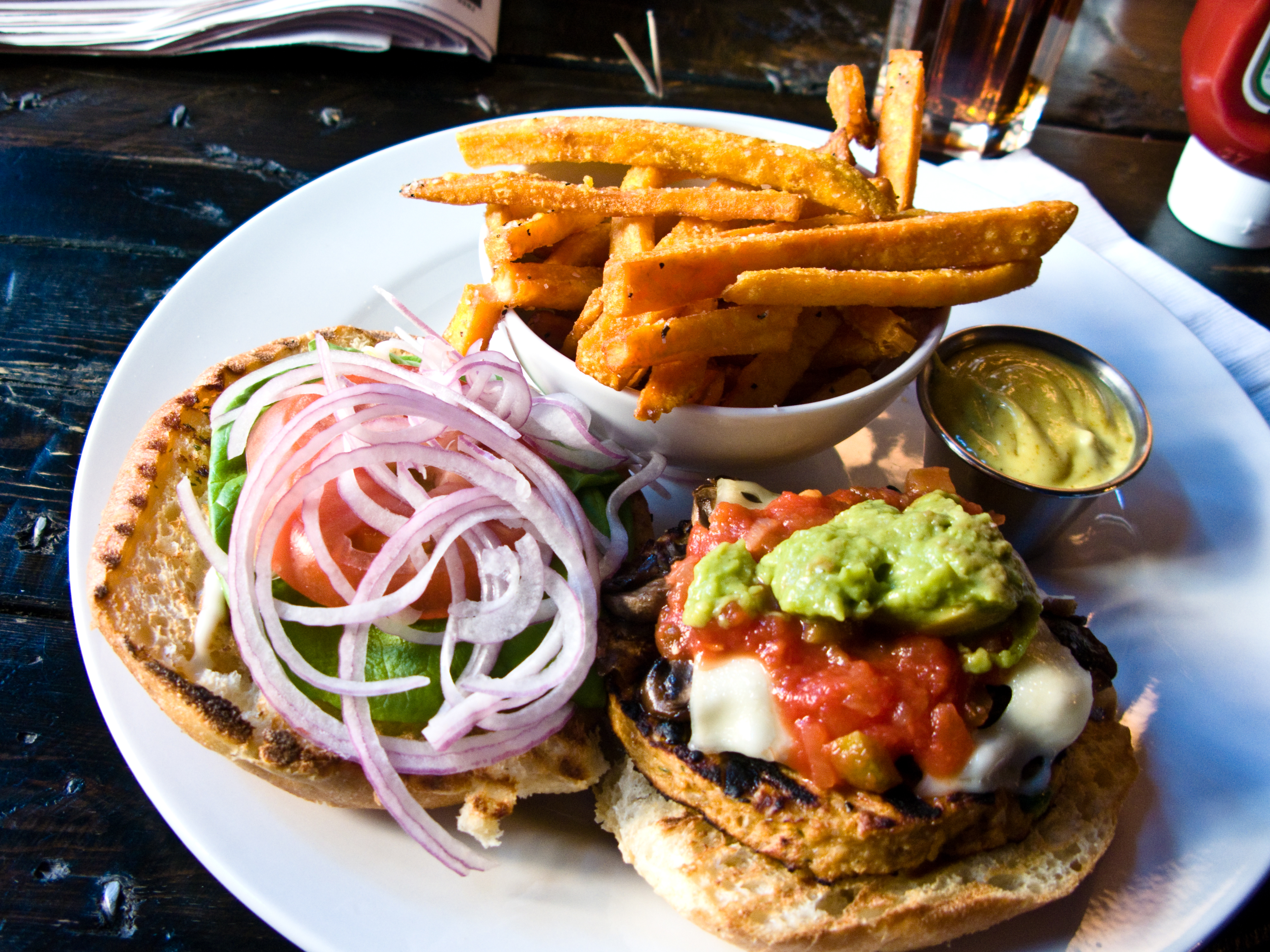 Let me start out by saying I am definitely a carnivore. I love meat, but I also love veggies and while I will never be truly vegetarian, as I get older, I recognize the benefits of going meatless every once in a while.
Let me start out by saying I am definitely a carnivore. I love meat, but I also love veggies and while I will never be truly vegetarian, as I get older, I recognize the benefits of going meatless every once in a while.
Not only can going meatless occasionally be better for your healthy, it can also make an impact on the environment. Livestock, Environment, and Development (LEAD) recently issued a report (400+ pages!) with a few statistics you might find surprising:
Almost two-thirds of the human related ammonia emissions are due to livestock.
9 percent of all human activity related carbon dioxide emissions is due to livestock.
20 percent of the Earth’s animal biomass is due to livestock.
Over half of the erosion and sediment issues in the U.S. are due to livestock.
30% of the Earth’s land that used to be occupied by wildlife is not occupied by livestock.
And, in another 40 years, it is estimated that the meat production will be double what it was in 1990.
What does all this mean? Well, none of it is good. If you had to guess what caused more greenhouse gas emissions, would you say driving cars or rearing cattle? If you guessed driving cars, you would be wrong. The United Nations Food and Agriculture Organization said that not only does livestock generate more greenhouse gas emissions, but it also causes land and water degradation.
How can you help? Try replacing red meat with poultry or fish. Replace your red meat with cheese, eggs, or beans. Don’t go completely cold turkey, but try going meatless just one meal a week to start. Look in the frozen section for vegetarian burgers, ribs, and sausage. I’ve actually tried it for health reasons and it isn’t as bad as you might think.
You might find going meatless a whole lot easier than you think.
(This image is licensed under Creative Commons Attribution 2.0 License)

